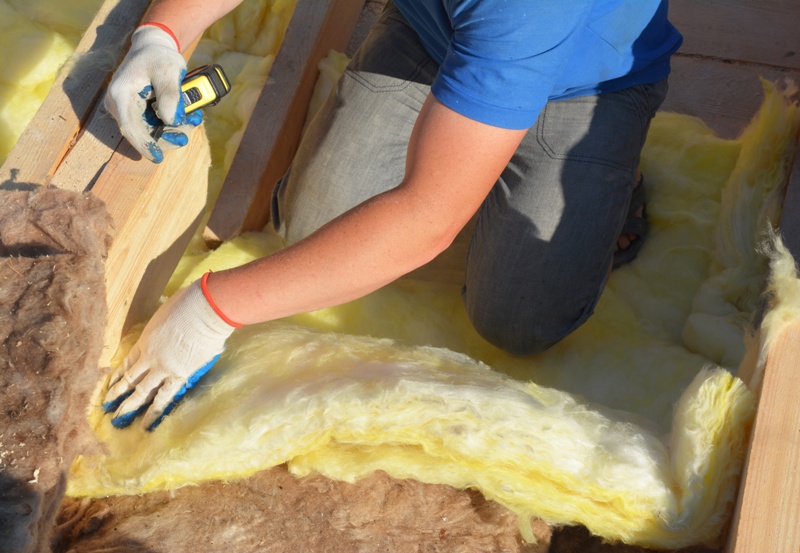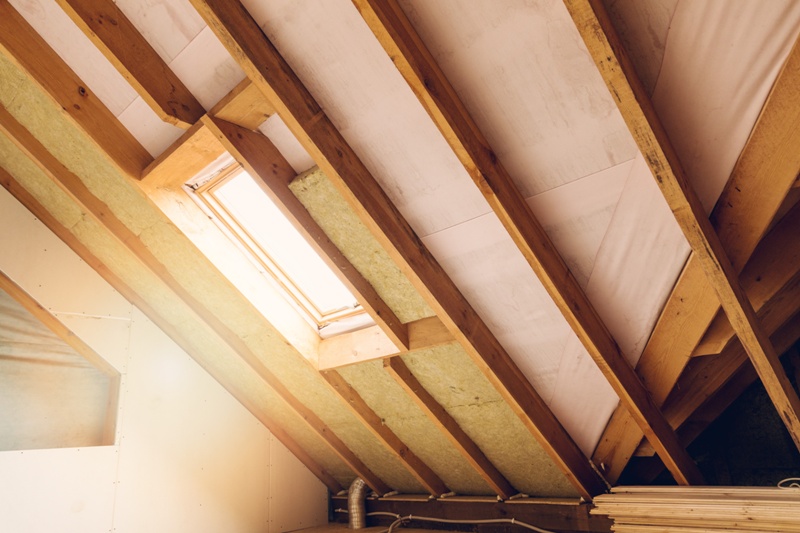Many local and state building codes include minimum requirements for home insulation. That’s why you have to ensure that your home addition or new home meets these building codes. Besides, having good insulation is a worthwhile investment.
With sufficient foundation insulation, including your attic insulation, you make your home more energy-efficient. It would mean you’re also able to borrow a larger amount of money for a mortgage to cover the upfront cost of making your home more energy-efficient. This is because conventional loan and government-insured programs recognize the importance of fewer energy payments and the benefits of energy-efficiency to the environment.
Learn more about expert insulation tips and how to make sure the foundation insulation is sufficient by reading below.
How To Ensure Sufficient Foundation Insulation For New Construction
For new construction, foundation insulation options are broader compared to existing homes. The builder may insulate the exterior of a crawlspace wall for attic insulation, as well as the basement. When choosing the best foundation insulation method, it’s important to talk about termite inspection and control with your builder.
Here’s how to ensure that your foundation insulation is sufficient for new construction:
- Special sill plate mineral fiber should be installed during house construction. It’s a sealing product designed to reduce air leaks.
- Before installing the duct, your contractor should check the ductwork for air leaks and wrap the ducts. All joints where insulations meet must have overlapped facings. They should be tightly sealed using fiberglass tape without compressing the insulation.
- All flammable insulation facings or insulations must be covered or protected to comply with fire codes.
- If the ducts of your HVAC or water lines run through uncooled or unheated spaces, like your crawlspaces or attic, they must be insulated.
- Because drywall-to-ductwork connections are nonexistent or poor, they should be inspected to avoid unwanted air flows via wall cavities.
- All return air ducts should be sealed off from air passageways connected to unheated areas. Return ducts must be insulated and located inside the house’s heated portion.
Caulk around all doors and windows. - Slope the soil around the house to direct water coming off the roof away from your house.
- Keep the rain away from windows and walls by using wide overhangs.
How To Make Sure Attic Insulation Is Sufficient
When it comes to attaining a beautiful attic design, it’s important to consider the ventilation and insulation aspects. Because the attic is located at the upper part of the house, building a bathroom can be a challenge to direct sunlight exposure. You can maintain a comfortable bathroom temperature by planning sufficient insulation and ventilation.
Here are some expert attic insulation tips:
1. Add New Attic Insulation
New attic insulation is different from applying insulation to existing ones. Install a Kraft paper-faced or foil fiberglass rolls in between all attic floor joists for new attic insulation.
Here’s how:
Fill the entire depth of the joists with insulation.
Place the faced side (with the foil or paper moisture barrier) down against the attic floor’s topside. Increase the insulating value of your attic by laying the unfaced mineral wool or fiberglass insulation on top. It should run perpendicular to the joists.
Roll batts over the existing insulation by adding extra attic insulation.
2. Enhance Existing Attic Insulation
For existing attic insulation, enhance your home’s energy-efficiency by adding more insulation by rolling the unfaced fiberglass insulation directly over your existing insulation. Use fiberglass insulation material or mineral wool batts because they’re neater and easier to install. Cellulose or loose full fiberglass can also be used.
3. Don’t Stuff Insulation
Always leave room for proper air ventilation, which is a great insulator. When you insulate your attic, avoid stuffing it into tight spaces because air will be trapped within the insulation. Instead, insulation should fit snugly and not too compressed.
4. Don’t Block Vents
Many homeowners usually commit a common mistake when insulating the attic: They push insulation deep into the spaces where the roof rafters and the exterior walls meet. Doing this insulation technique blocks airflow from entering the soffit vents, causing mildew and moisture problems.
Installing a polystyrene attic baffle will protect the vents between rafters. Baffles prevent the insulation from covering the air vents. Secure each baffle with ¼-inch-long staples on the roof sheathing underside.
5. Seal All Ceiling Holes

Ensure your home’s overall energy efficiency by sealing all ceiling holes. Seal up all holes, cracks, and openings in the room ceilings beneath your attic. You have to seal all gaps in pathways for ducts, wires, pipes, and cables.
Use high-quality caulk or expanding foam insulation. Building codes usually require the use of fireproof caulk. So, it’s better to use it to plug all ceiling penetrations, including the following:
- Any cracks or openings where two walls meet like near interior door frames
- Behind shower stalls and bathtubs
- Gaps around switch boxes, recessed fixtures, and electrical outlets
- Gaps behind false or furred ceilings such as bathrooms or kitchens, and recessed cabinets
- Gaps around attic pull-down stairs and access hatches
- Floor cavities of finished attics near unconditioned attic spaces
- Electrical wiring and plumbing penetrations
- Utility chase ways for ducts
6. Be Careful With Recessed Lights
Determine what kind of lighting fixtures you have before installing attic insulation. Recessed lights tend to produce too much heat, possibly igniting the insulation and causing a house fire. For a standard recessed fixture with cylindrical metal “can” that projects into the attic, keep at least 3 inches away from the light fixture’s insulation.
If you have an Insulation Contact or IC-rated fixture (with large, well-insulated boxes), insulation can safely be installed on top of the light. Ask a licensed electrician or home inspector if you’re unsure of the type of recessed fixtures installed in your home.
Conclusion
You have learned a lot of helpful tips when insulating your home. Foundation insulation and attic insulation should comply with building codes. You have to ensure that fresh air still flows through the vents by not blocking them with stuffy insulation. Also, ensure that your home is adequately insulated by sealing all holes, cracks, and other penetrations.






